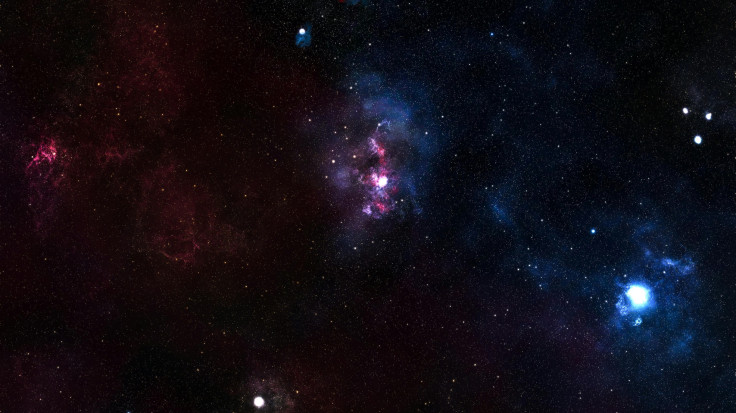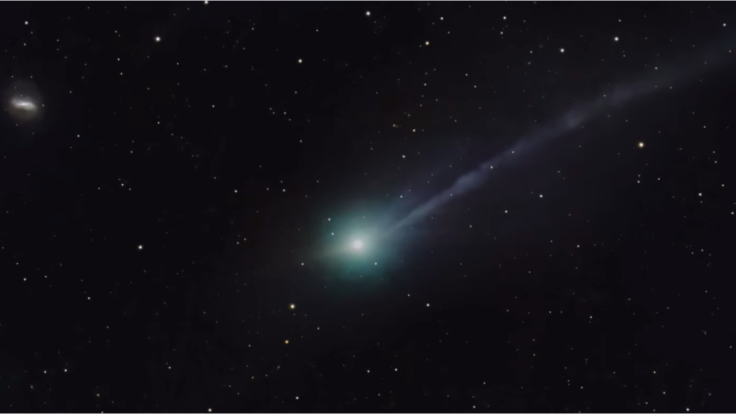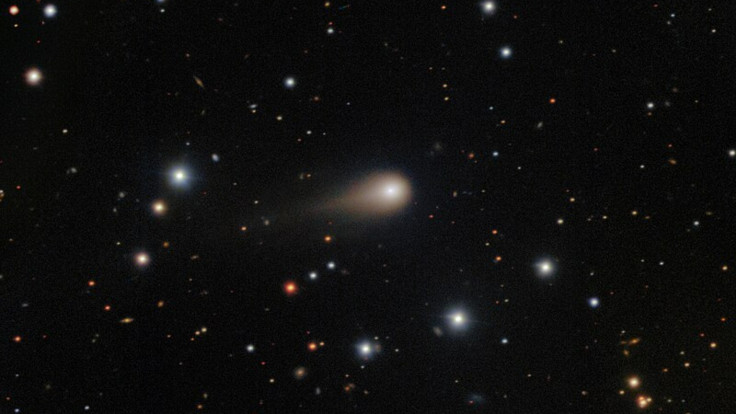3I/ATLAS: Astronomer Claims 'Misinformation' On Comet Traced To Avi Loeb
Astronomers debunk Avi Loeb's alien claims about 3I/ATLAS amid new 'Solitude Zone' research.

The sudden appearance of the interstellar voyager 3I/ATLAS has reignited a fervent public debate over humanity's status in the universe. While the comet's ethereal green glow and complex tail structure have dazzled amateur astronomers, its arrival has coincided with a provocative new theory that challenges our understanding of extraterrestrial life: the 'Solitude Zone'.
A groundbreaking paper published in Acta Astronautica argues that we may not be as isolated as we feel. Instead, it introduces a probabilistic framework suggesting that while the universe might be teeming with life, we are currently trapped in a statistical window where finding a peer is mathematically unlikely. This statistical pessimism stands in stark contrast to the sensational claims circulating in the media, many of which have been fuelled by high-profile academic speculation.

The 'Solitude Zone': A Statistical Reality Check
The concept of a 'Solitude Zone' was introduced by Antal Veres of the Hungarian University of Agriculture in a recent peer-reviewed study. It offers a sobering counter-narrative to the excitement generated by objects like 3I/ATLAS.
Rather than describing a physical region in space, the Solitude Zone represents a 'statistical window'—a specific range where the probability of exactly one complex lifeform existing is significantly higher than the probability of many such species existing, or none at all. As Veres explains, this window forms 'a bell curve, not an exponential function'. This framework adds crucial nuance to long-standing tools for estimating extraterrestrial life, such as the Fermi paradox and the Drake equation, suggesting that while advanced civilizations may be common in the grander timeline of the universe, they rarely overlap in a way that allows for contact.
Claims of 'Misinformation' Traced to Avi Loeb
Despite the swirling vortex of conspiracy theories, scientists emphasize that interstellar comet 3I/ATLAS is not an alien spacecraft nor evidence of extraterrestrial technology. The object, which was recently photographed 'photobombing' the distant galaxy NGC 4691, is a natural—albeit extraordinary—visitor. However, the narrative has been complicated by high-profile assertions challenging this consensus.
Astronomer Qicheng Zhang of Arizona's Lowell Observatory, a co-author of a preprint study on the object, has expressed frustration with the circulating misinformation that attempts to link the comet to alien intervention.
'A large fraction of the misinformation I've seen can be directly traced back to [Avi Loeb] misinterpreting or not fully reading the data,' Zhang told Popular Science.
Loeb, a Harvard astrophysicist, has aggressively promoted the theory that 3I/ATLAS displays 'anomalies' incompatible with natural origins. Specifically, he cited the object's 'non-gravitational acceleration'—a boost in speed not caused by gravity—as evidence of potential 'technological thrusters' or a solar sail. Loeb argued that for a natural comet to accelerate this fast via outgassing, it would need to lose mass at a rate that would destroy it, calculating that the surface area required for such evaporation was 'untenable'.
Zhang and other comet specialists flatly reject this, pointing out that Loeb's calculations ignored critical brightness measurements. These measurements confirmed the presence of a volatile-rich coma capable of producing the necessary thrust naturally, without the comet disintegrating.

Natural Explanations for 'Alien' Anomalies
Researchers stress that 3I/ATLAS is extraordinary even without the layer of extraterrestrial speculation. Loeb also seized on the comet's spectral shift, suggesting its blue hue could indicate an 'artificial source of light' or a hot engine. However, spectroscopic analysis has since confirmed the colour is the result of a standard—albeit bright—coma dominated by diatomic carbon and cyanogen, a common feature in comets that have travelled from the cold outer reaches of space.
New studies indicate that cosmic radiation has altered the structure of 3I/ATLAS, building on growing scientific insight into how long-term exposure to the interstellar medium affects these wandering objects. Its 'outgassing'—jets of gas shooting from the surface—has provided the non-gravitational acceleration that mimics artificial propulsion to the untrained eye but fits perfectly within natural cometary models.

Are We Truly Alone? The Verdict
While Earth is not in a strict Solitude Zone, the new research suggests that multiple lifeforms at comparable technological levels may exist elsewhere—just perhaps not in our immediate temporal vicinity. As many scientists point out, advanced civilizations likely do not resemble humans—nor would they be found hitching a ride on a frozen rock like 3I/ATLAS.
The Solitude Zone concept underscores that humans may be temporarily alone in their specific window of technological development, but the galaxy is likely rich with other forms of intelligent life, waiting for their own statistical window to open.
NASA has yet to release new high-definition images of the comet due to reduced operations during the recent U.S. government shutdown. However, upcoming visuals—including shots from the Mars Reconnaissance Orbiter taken in early October—are expected to be released soon. The comet will make its closest approach to Earth on December 19, passing at a safe distance of about 167 million miles.
As the scientific community works to separate hard data from high-profile speculation, 3I/ATLAS continues its journey as a natural wonder rather than an alien messenger. The friction between established astronomical models and Avi Loeb's sensational claims highlights the fragile balance between open-minded exploration and statistical reality.
© Copyright IBTimes 2025. All rights reserved.




















